Glaxon is one of our favorite supplement companies, because they really know the science. They're always seeking out and exploiting obscure data from the absolute cutting edge of nutritional research, and the formulas they design with this approach are consistently incredible.
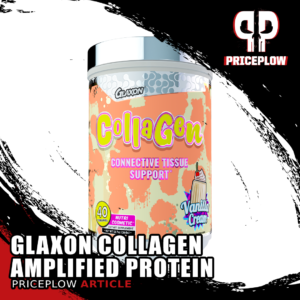
With their new-and-improved Collagen formula, Glaxon takes collagen supplementation to the next level with ingredients like MFGM and hyaluronic acid.
They've done it again with Glaxon Collagen, the updated collagen protein supplement we'll be discussing today that's replacing their previous release, Wonder Collagen, which was originally launched in 2021.
Collagen Protein Amplified
This isn't a run-of-the-mill collagen supplement – Glaxon has really done their research on the myriad benefits of collagen supplementation, and strategically added supporting ingredients to synergize with the collagen peptides.
For each major documented benefit of collagen supplementation – skin and nails health, gut health, bone health, and metabolic health – Glaxon has identified and added a supporting ingredient to create synergistic effects and maximize the impact of the collagen itself.
Let's get into it, but first, check the PricePlow news and deals:
Glaxon Collagen – Deals and Price Drop Alerts
Get Price Alerts
No spam, no scams.
Disclosure: PricePlow relies on pricing from stores with which we have a business relationship. We work hard to keep pricing current, but you may find a better offer.
Posts are sponsored in part by the retailers and/or brands listed on this page.
This area is reserved for Team PricePlow's upcoming videos.
Subscribe to our channel and sign up for notifications so you catch it when it goes live!
Glaxon Collagen Ingredients
Every 9 gram scoop of Collagen yields the following:
-
Hydrolyzed Bovine Collagen I and III – 5,000 mg
There are several different types of collage, each with a specific purpose in the human body.
Collagen type I is the collagen that's most abundant in connective tissue, like tendons and ligaments. It's the type of collagen that helps your body support heavy loads.[1]
Collagen type III is the collagen your body uses to heal inflammation-driven tissue damage. This is particularly important, as chronic systemic inflammation is a growing issue for many. This type of collagen is also beneficial for athletes and bodybuilders, because exercise induces acute inflammation that the body must heal during the post-exercise recovery period.[2]
The supplement market offers plenty of isolated collagen peptide supplements, but it's usually a good idea to take collagen types I and III together – even better if they're coming from a natural collagen source like hydrolyzed bovine collagen. This is because natural sources contain an appropriate ratio of type I to type III, and consuming the correct ratio is important. If you get too much of either type, you can compromise your body's equilibrium between rigidity and elasticity in your connective tissue.[3]
There's also evidence that collagen types I and III can synergize in certain bodily processes, like wound healing.[4]
In one study, mice supplemented with bovine collagen exhibited much better skin quality and improved collagen fiber repair, as well as increased collagen skin content and a better ratio of collagen type I to collagen type III.[5]
All of these effects can be interpreted as an anti-aging effect.[5]
Bovine collagen can also help improve bone mineralization by supporting the proliferation of osteoblasts, the cells that actually develop your bones.[6] A study in aging mice found that bovine collagen can prevent age-related bone loss from osteoporosis.[7]
We'll be talking a lot more about the interplay between collagen, calcium, and bone mineralization later on, in the calcium section – so if this is of particular interest to you, scroll down and check it out.
A randomized, double-blind, placebo-controlled study in healthy women older than 35 concluded that supplementation with bovine collagen for 3 months can significantly improve skin quality. In this study, the women who took bovine collagen had smoother, better hydrated, and more elastic skin compared to the placebo group.[8]
Collagen's benefits are more than skin deep – glycine vs. methionine
Collagen is definitely great for your skin, and this seems to generate most of the consumer interest in collagen supplements.
While skin health is important, collagen can also help improve something that's arguably much more important – metabolic health.
To understand how this works, we need to talk about the dynamic between glycine and methionine. Your glycine-to-methionine ratio is an important factor in hormonal and cardiovascular health.
Too much methionine, relative to glycine, can lead to elevated cortisol levels, which imitates the metabolic effects of stress and can lead to muscle loss (catabolism).[9,10]
Fortunately for us, collagen is a great source of glycine, and increasing glycine consumption through collagen supplementation can help attenuate the body's stress response.[12]
Glycine intake is also important for cardiovascular health thanks to its ability to improve your body's metabolism of homocysteine, an amino acid that's been identified as a major risk factor for the onset of cardiovascular disease.[11,12]
Glycine deficiency may also be a factor in serious psychiatric disease. Although a causal relationship has yet to be proven, researchers have noted more than once that schizophrenia patients show high homocysteine and low glycine levels.[13,14]
For these reasons, many nutritional scientists have argued that dietary methionine restriction could be a viable strategy for increasing personal life expectancy and healthspan.[15-17]
-
Milk Fat Globule Membrane (MFGM) – 1,000 mg
Milk Fat Globule Membrane (MFGM) is one component of the milk fat molecule. Specifically, it's the matrix of proteins and lipids that enclose the milk fat itself, much like cellular membranes enclose the contents of your body's cells.
The MFGM structure includes two particular types of lipid – sphingomyelin and gangliosides – that are beneficial for central nervous system health and function. They're used by your body to construct the myelin sheath[18,19] that helps insulate axons from electrical disruption,[20,21] thus supporting efficient and focused nerve transmission.
Another way of putting that, for the math nerds out there, is that myelin helps focus the signal of nerve transmissions, preventing them from getting drowned out by noise. That's obviously pretty important – without myelin, nerve communication basically starts shutting down, which is why myelination disorders are so devastating.[22]
Other constituent molecules of MFGM have been identified as necessary components of the human immune system,[23,24] and may support cardiovascular health as well.[25]
As a whole, MFGM can improve the integrity of the mucosal and epithelial layer in your gut, which is crucial not only for digestive health, but also for overall health and wellness.[23,24] When these inner gut linings break down, it can lead to leaky gut, a condition where undigested food leaks out of your digestive tract, causing chronic systemic inflammation.[26,27]
Chronic inflammation is obviously something we want to avoid, as it is associated with metabolic disorders like insulin resistance and type 2 diabetes.[28] Unchecked inflammation can also damage skin and joints.[29,30]
Put simply, supporting gut health – i.e., with MFGM – is an important strategy for maintaining long-term skin health.
MFGM a nootropic?
Given its apparent role in myelination, we might ask whether MFGM supplementation can improve cognition in humans.
As obscure of a question as that is, there actually is a randomized, double-blind, placebo-controlled study designed to answer it.
In this study, elderly Japanese adults who received MFGM supplements saw more improvements to cognitive function from light exercise, compared to the placebo group. Specifically, they had better muscular and neuromotor function.[31]
MFGM: the secret behind dairy's health benefits?
In another study, researchers carried out a direct comparison between whipping cream and butter oil, and assessed the cardiometabolic effects of each. The difference between the two foods is that whereas whipping cream consists of whole milk fat, butter oil is milk fat that's been stripped of its MFGM.
This study found that butter oil actually made the cardiovascular health (as measured by cholesterol and triglyceride panels) of the subjects worse, while the whipping oil made it better![25]
Another study found that buttermilk, a form of diary with especially high MFGM content, has also been shown to improve the blood lipids of those who drink it.[32]
Although you don't hear much about MFGM, existing research seems to indicate that it's responsible for most of dairy fat's health benefits. Of course, we all know that Glaxon stays on the cutting edge of nutritional research, so it's not a surprise to see them taking advantage of this awesome ingredient.
Why is MFGM in Glaxon's collagen?
Improving gut health is one of the traditional uses for collagen supplements, as collagen itself has also been shown to strengthen the gut mucosal and epithelial barriers.[33]
So Glaxon is throwing this in to give you some nice synergistic effects on gut health, which is incredibly important for overall health.
-
Fructooligosaccharides – 500 mg
Fructooligosaccharides (FOS) consist of multiple short chains of fructose molecules, which are also called fructans.
Glaxon Astrolyte bring hydrating electrolytes in style. In this article, we dig deeper into the added mineral absorption ingredient, fructooloigosaccharides.
FOS can decrease colon pH,[34,35] which increases the bioavailability of certain minerals like magnesium, phosphorus, calcium, iron, and zinc.[36-39] For this reason, we often see FOS included in hydration formulas, and it can definitely help you out in that regard.
The reason we're seeing FOS in Glaxon Collagen V2 is that they act as prebiotics. This means they feed the beneficial bacteria that create short-chain fatty acids, your digestive tract's preferred source of fuel.[40]
Once again, we see Glaxon emphasizing the digestive benefits of collagen supplementation with this ingredient choice – a great strategy, in our opinion.
We also like FOS because they can help supplements taste better – they are anywhere from 30% to 60% as sweet as sucrose.[41,42]
-
Hyaluronic Acid (as Sodium Hyaluronate) – 45 mg
We see Hyaluronic Acid in several joint and skin care supplements, but it's not frequently put into collagen supplements, making for a common-sense inclusion that further differentiates Glaxon Collagen from the pack.
Hyaluronic acid (HA) is a glycosaminoglycan produced and found alongside collagen in the extracellular matrix (ECM). Its chemical composition allows it to attract and retain water molecules throughout the body, which is incredibly important to skin health (where about 50% of all HA is found).[44]
While the compound is incredibly important nearly everywhere (such as in the eyes, muscle tissues, heart, lungs, etc), we generally focus on skin care or joint health when discussing its use, which is primarily in the context of lubrication. Hyaluronic acid leads to better water balance, osmotic pressure, and overall skin stability.[44]
Some dietary supplement ingredients help us produce more, while Glaxon is simply providing more. A detailed review published in 2014 concluded that orally ingested hyaluronic acid can work with skin cells to help them retain more moisture, with one study finding significant increases in skin moisture with an even lower amount of the ingredient![43]
For those looking into joint health, there are numerous ingredients that can be added, but the dosage in those studies is generally a bit higher than what we have here. Regardless, this is a fantastic inclusion in a dietary supplement category that should have this more often - and Glaxon is the brand to bring it to us.
-
AstraGin (Astragalus membranaceus [Root] and Panax Notoginseng [Root]) Extract – 25 mg
Glaxon wants to amplify the collagen uptake even more -- and the most common way to do that in the supplement industry is to include NuLiv Science's AstraGin.
This bioavailability booster uses bioactive astragalosides and ginsenosides from Astragalus membranaceus and Panax notoginseng in order to increase nutrient uptake, boosting the bioavailability of the supplement's other ingredients.[45]
It works by boosting gut function and gut permeability, while upregulating key mRNA transporters (such as SLGT1, GLUT4, and CAT1), the last of which improves amino acid shuttling.
While we don't have any data regarding AstraGin specifically with collagen protein, we have seen astragalosides protect collagen from degradation,[46,47] which may be the best reason to include AstraGin!
-
Added Vitamins
Collagen also has a few vitamins that are soundly dosed:
-
Vitamin C (as Ascorbic Acid) – 90 mg (100% DV)
Most everyone knows that vitamin C is a powerful antioxidant that's important for immunity, as its supplementation generally reduces the length of sickness a bit.[48-50]
However, it's also used by several other enzymes for things such as neurotransmitter production and tissue repair.[51] A 2018 meta-analysis of 10 relevant studies concluded that "vitamin C has the potential to accelerate bone healing after a fracture, increase type I collagen synthesis, and reduce oxidative stress parameters".[52]
Another review published in 2017 covers the entirety of vitamin C's known benefits on skin, and discusses how it is a cofactor for enzymes (such as proline and lysine hydroxylases) that stabilize collagen and promote collagen production.[53] Inside, it cites several studies and benefits, including two demonstrating improved collagen synthesis.[54,55] That same year, another study was published demonstrating how potent the vitamin C + collagen combination is.[56]
Long story short, there's a reason why you see Vitamin C in nearly every collagen supplement, and you should probably question the ones that don't, given how easy and inexpensive it is for brands to include.
-
Biotin – 1,000 mcg (3,333% DV)
You won't find many hair, skin, and nail supplements without biotin, also sometimes known as vitamin B7. Like other B vitamins, it supports the metabolism, but here, we focus on preventing deficiency to protect the skin. When biotin-deficient, the end result could lead to dermatitis[57] and hair loss.[22,58]
Worth noting but we can't hang our hat on it here: in the case of an extraordinarily high dose of biotin (2.5 grams, far more than this supplement provides), women with brittle nails had significantly less splitting.[26]
In general, however, we're looking to prevent any chances of deficiency, which can wreak havoc on the very thing we're trying to protect here.
-
Calcium (as Calcium Carbonate) – 650 mg (31% DV)
Calcium, as most of us have heard, is an important mineral for bone health.
Calcium and collagen work synergistically to increase bone mineralization
What's less well known is that collagen is also important for bone health – randomized controlled trials in humans have shown that supplementation with collagen peptides can increase bone mineral density and other markers of bone health, particularly in people suffering from osteoporosis.[59,60] It may even reverse the bone losses associated with conditions like osteopenia.[60]
As it turns out, there's an important interplay between calcium and collagen – both are the basic constituents of human bone tissue, and lack of calcium can actually inhibit the mineralization of collagen, which is a necessary process for bone mineralization and development.[61,62] Thus, combining collagen and calcium seem to offer the best shot at optimal bone health results,[61,62] and as a result, there's been a spate of research in recent years looking at how the combination of these two supplements affects bone health.
There's at least one study showing that the calcium and collagen combination can improve bone health in humans.[63] At the time of this writing, we were unable to locate a study that directly compared calcium+collagen to calcium or collagen alone – but in theory, the combination should be more effective.
Other benefits of calcium
Calcium has more benefits than just its effect on collagen mineralization though. According to a 2005 research review entitled "Calcium requirements for the athlete," calcium is important for the following bodily functions:[64]
- Heartbeat regulation
- Neurotransmission
- Blood pressure regulation
- Osmotic balance
- Cellular division
- Immune function
- Cellular metabolism
- Nutrient transport into cells
The authors of the review take pains to point out that calcium losses from sweat during exertion should not be underestimated – so if you're a physically active person, you probably stand to benefit from a little supplemental calcium.
-
Available Flavors
Glaxon Collagen V2 released with 3 flavors: Naked (unflavored), Vanilla Cream, and Fruit Cereal. See out up-to-date list of in-stock Collagen flavors below!
Collagen V2 Dovetails Is More Than Skin Deep
This is a collagen supplement that goes above and beyond. Glaxon's choice of ingredients can create synergistic benefits not just for skin health, but also for bone and gut health.
With Glaxon Collagen V2, you're getting a collagen supplement that's more than skin deep – the design of this formula evinces a deep understanding of collagen's over-arching important for human health.
We're particularly impressed by the attention Glaxon paid to the cooperation between calcium and collagen when it comes to optimizing bone mineralization.
Glaxon Collagen – Deals and Price Drop Alerts
Get Price Alerts
No spam, no scams.
Disclosure: PricePlow relies on pricing from stores with which we have a business relationship. We work hard to keep pricing current, but you may find a better offer.
Posts are sponsored in part by the retailers and/or brands listed on this page.
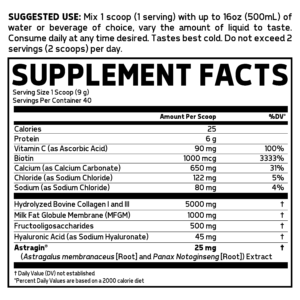
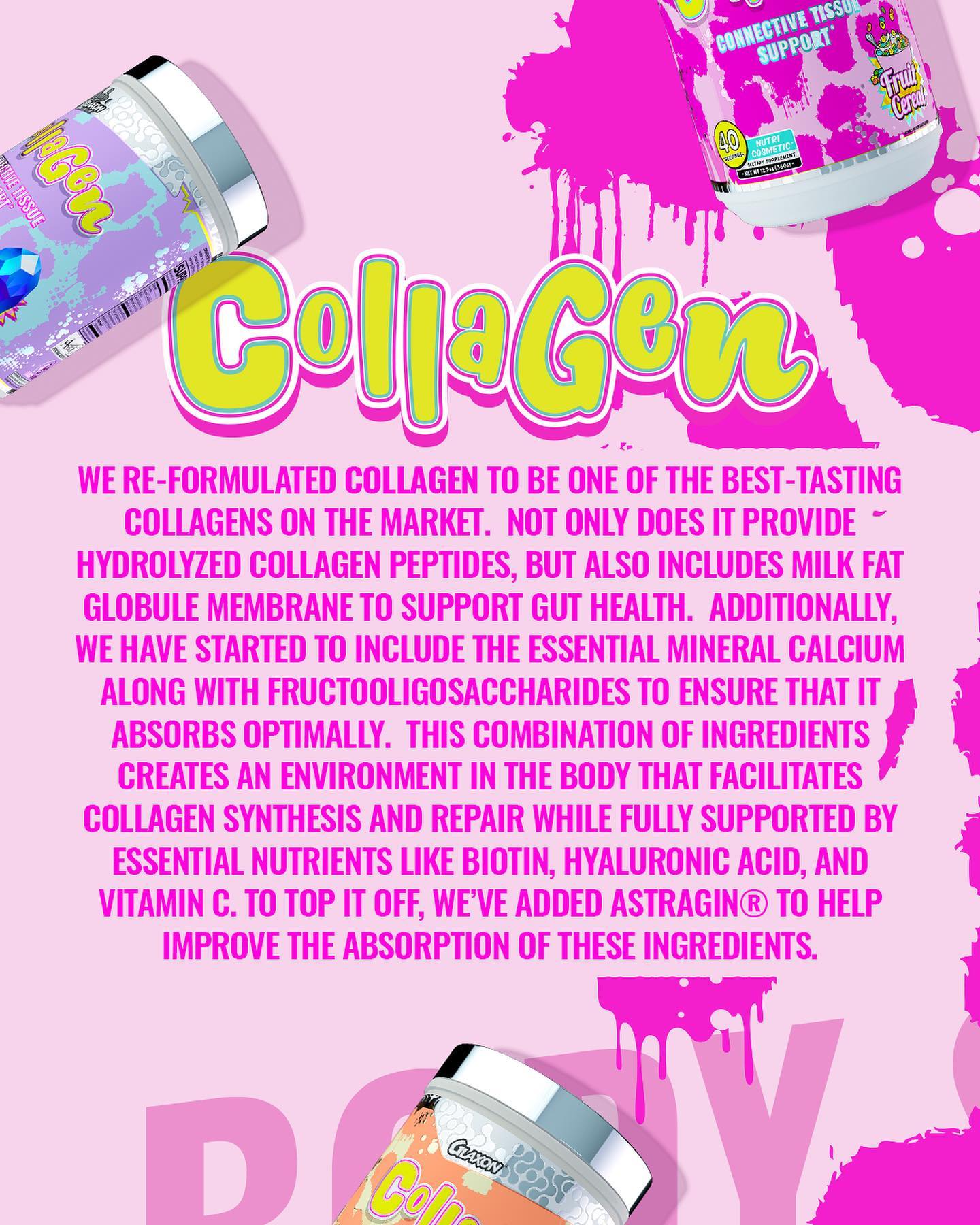
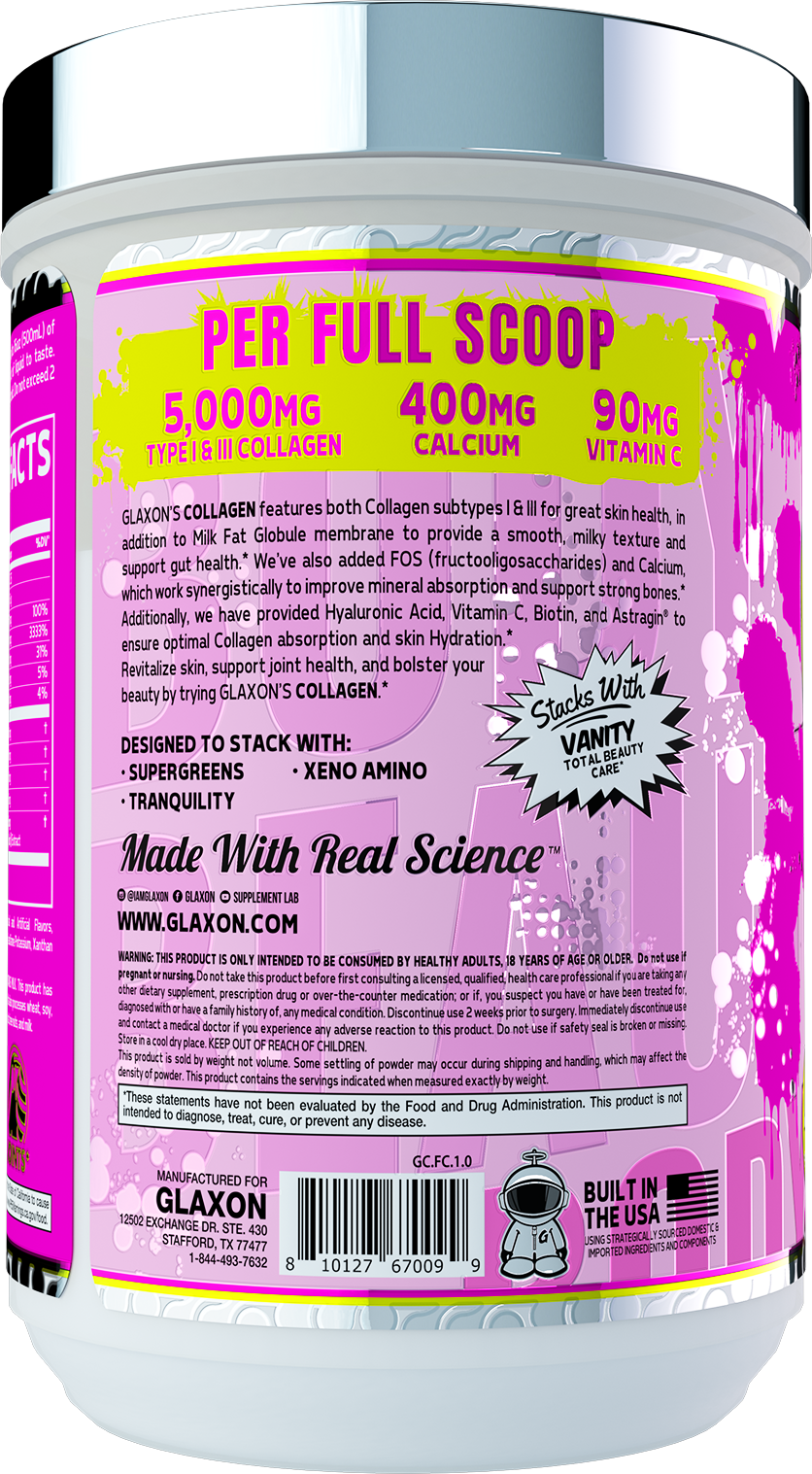
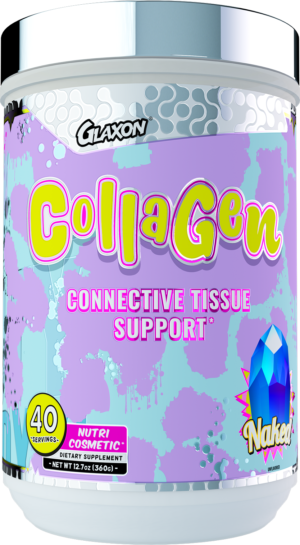

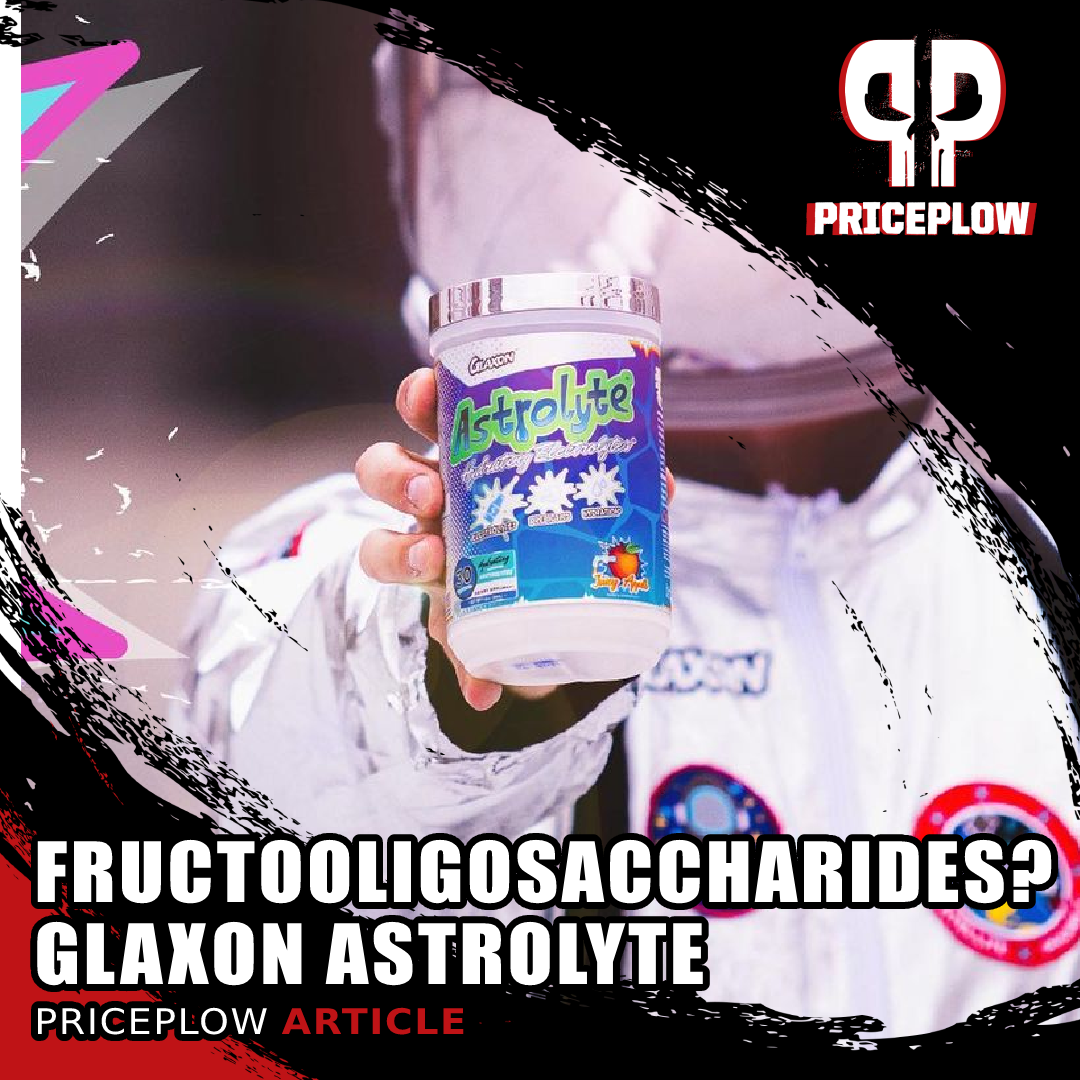
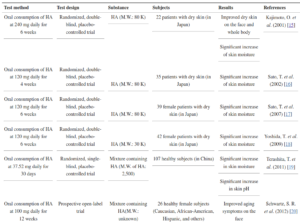
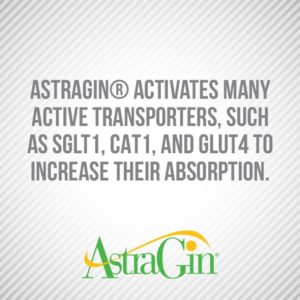


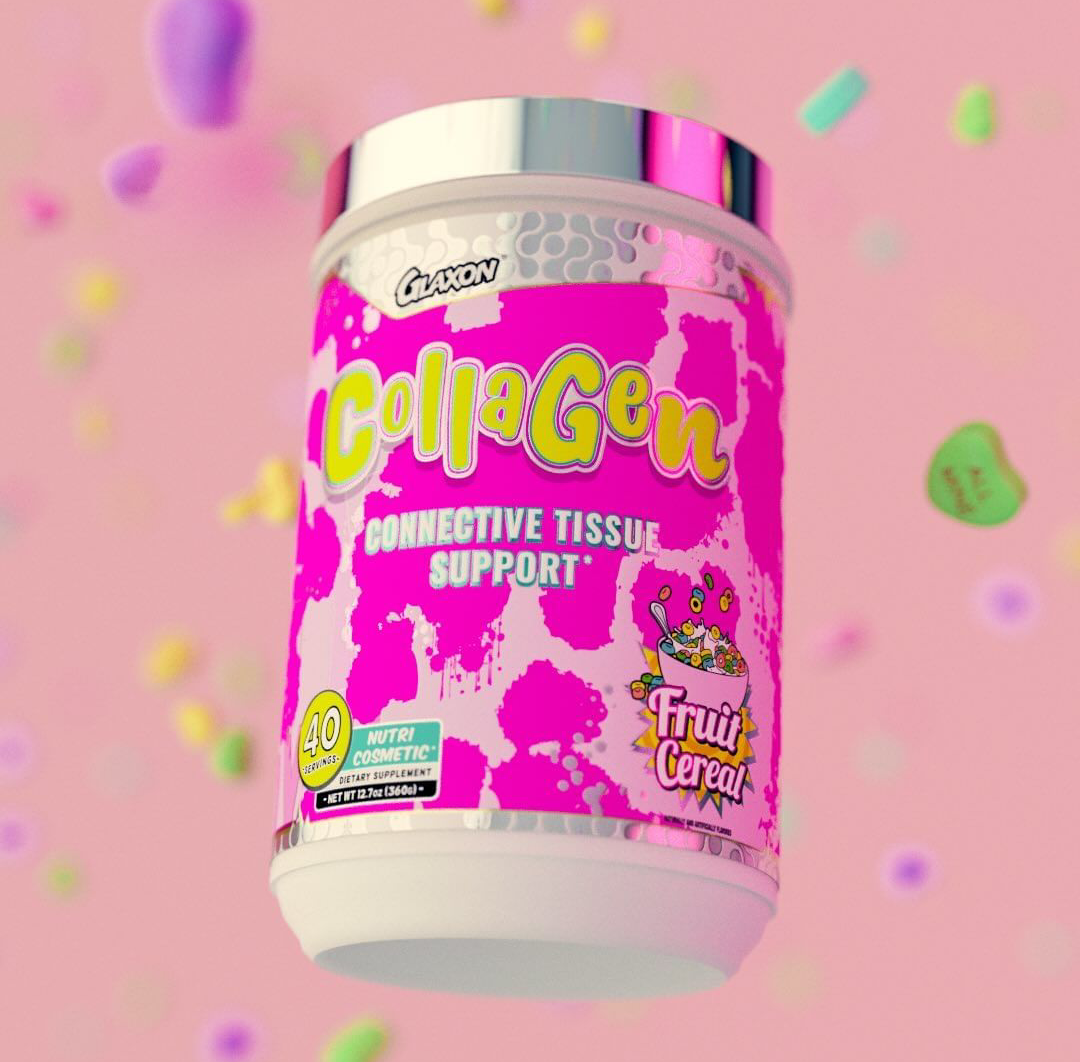


Comments and Discussion (Powered by the PricePlow Forum)